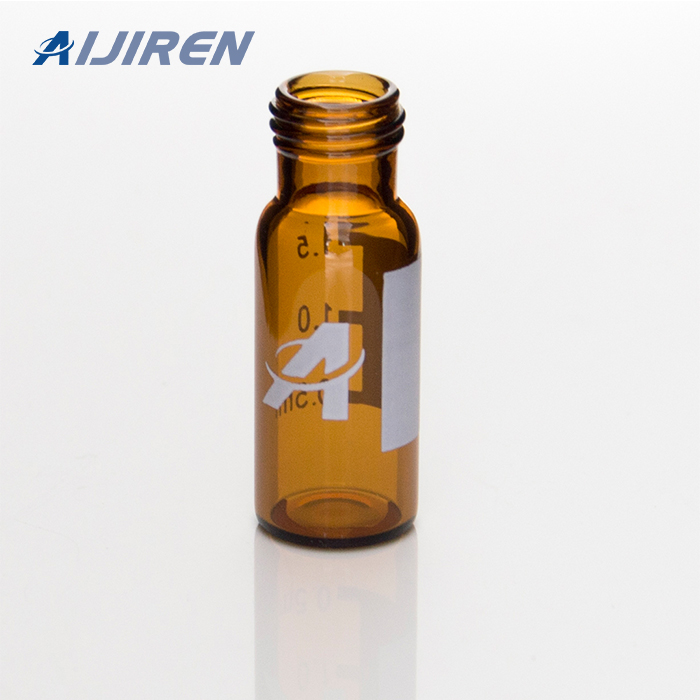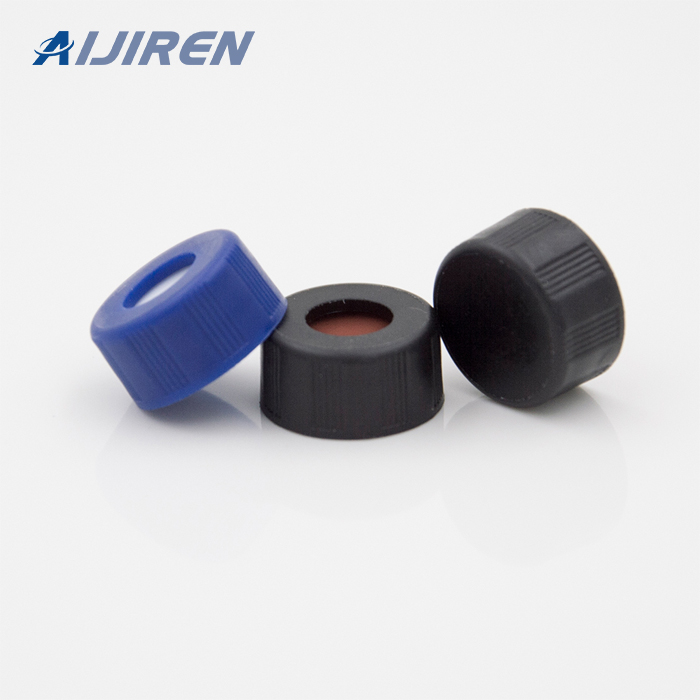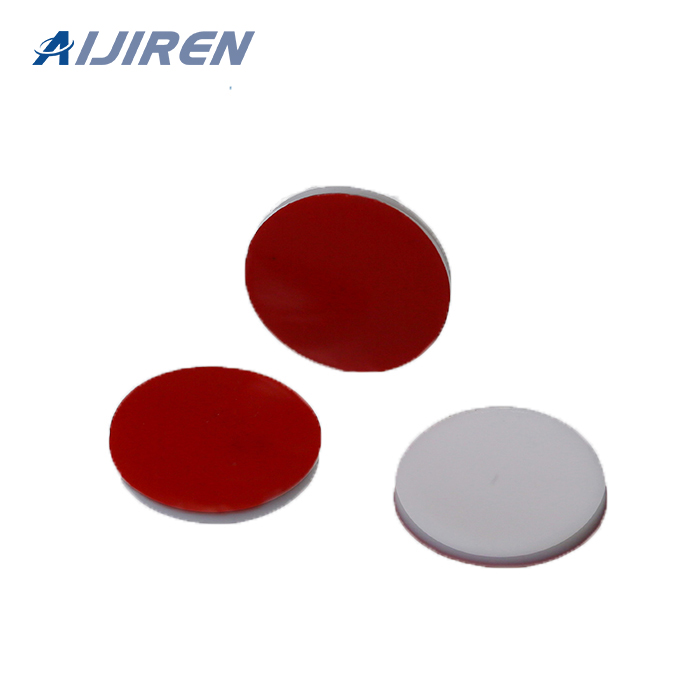








Nov 13, 2022 · The objective of this guideline is to update and address new issues in the handling of hazardous drugs. The Program in Evidence-Based Care (PEBC) is an initiative of the Ontario provincial cancer system, Ontario Health (Cancer Care Ontario). The PEBC mandate is to improve the lives of Ontarians affected by cancer through the development
Nov 16, 2022 · But whether the act of collecting a sample in the warehouse violates the CGMP requirement that containers "be opened, sampled, and sealed in a manner designed to prevent contamination of their
Check your water supply. If all of your samples including your negative control have been contaminated then it could be your water supply. In the lab, deionized water and distilled water are normally used to prevent contamination. However, your machine that makes your purified water may need to be serviced or repaired.
Oct 1, 2020 · Here, we present an overview on advances in diagnosis of COVID-19 and details the issues associated with biosafety procedures and potential safety precautions to be followed during collection, transportation, and processing of COVID-19 samples for laboratory diagnosis so as to avoid virus infection.
mostly happened through avoidable procedural errors and misguide techniques. Microbes are widely distributed in the environment without restriction and they are involved in different places even inside a laboratory. Microbial contamination is one of a biggest worldwide obstacle for researchers working with microbial cultures.
collection, handling, transport, analysis, storage and disposal of the legal samples must be defensible. 3. CHAIN OF CUSTODY Samples can be collected by the field sampler, wastewater laboratory technician or a bylaw officer, labeled and sent to the laboratory for analysis. When legal litigation is indicated, an
The cost per sample collected can range from a few dollars up to $10,000. 1 There are currently over a billion samples (DNA, RNA, cells, clones, tissue organs, blood, buccal swabs, etc.) collected and warehoused in thousands of research labs and bio-banks globally. These samples are of high value to researchers, and current research trends are
As a general policy, the laboratory recommends that the samples be filtered by the investigator as soon as possible after collection. If the sample can be transported to the laboratory within 24 hours, it should not be frozen or preserved but kept cold and in the dark. If the time between sample collection and submission to the laboratory is
In addition, a general discussion on laboratory sample preparation and analysis is provided to assist in communications with the laboratory during survey planning. Samples should be collected and analyzed by qualified individuals using the appropriate equipment and procedures. This manual assumes that the samples taken during the survey will
In order to adequately address these differences, PFAS-specific sampling protocols should be employed. Standard sampling guidance and procedures serve as the basis for these protocols. Equipment and supplies, bottle selection, sample preservation, shipping, storage, and hold times, decontamination procedures, and sampling precautions are some
11. Deliver or ship samples to the laboratory to ensure that holding times are met. Holding time starts at sample collection and ends at preparation and/or analysis. Be sure to allow time for the laboratory to process the samples 12. Return empty preservative containers to the laboratory for proper disposal.
Apr 8, 2020 · Below we outline a few of the methods and handling maxims that should be followed when handling saliva samples. 3.1 Cold Chain Management and Additives. It is crucial to protect the integrity of saliva samples by enforcing proper handling, storage, and transport methods.
Sep 1, 2021 · The application of DNA technology has made a revolution in the field of forensic science. DNA analysis is applied in both criminal and civil cases. The scope of a complete DNA profile consists of
Standards Institute (CLSI) overall blood culture contamination rates should not exceed 3% [1,2], however reported contamination rates in hospitals vary widely ranging from 0.6% to 12.5%, with the highest rates associated with emergency department settings [3,6–9,11,13–20]. One study reported a 26% contamination rate in pediatric outpatients
Sep 21, 2022 · A specimen’s journey from the point of collection, to the lab, and then its handling in the lab present a variety of risks, including contamination and improper transport and storage conditions that can render the specimen unsuitable for testing.